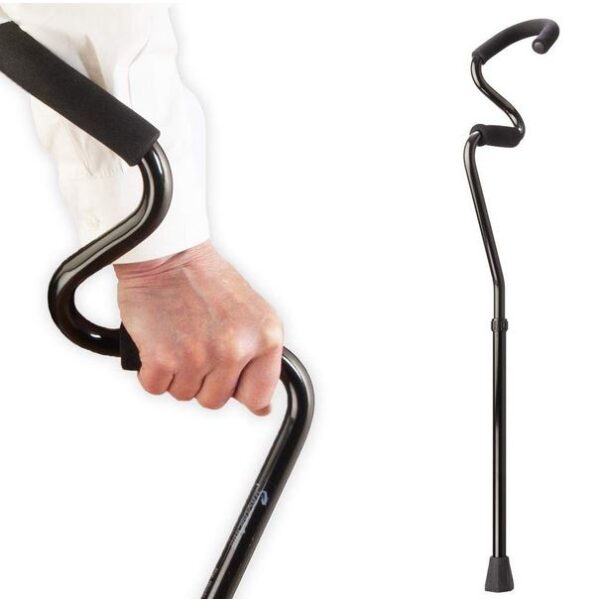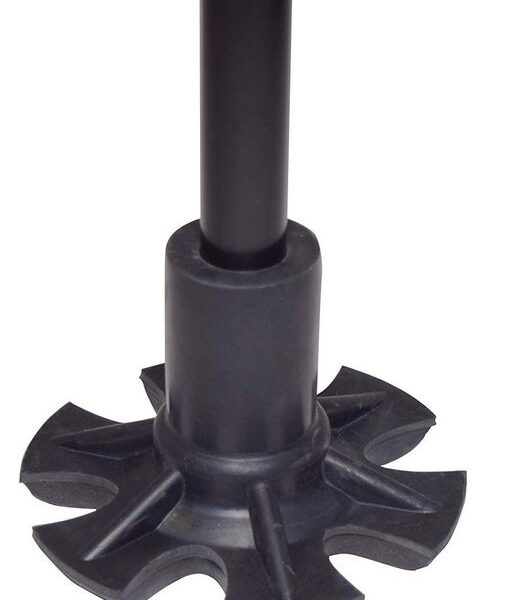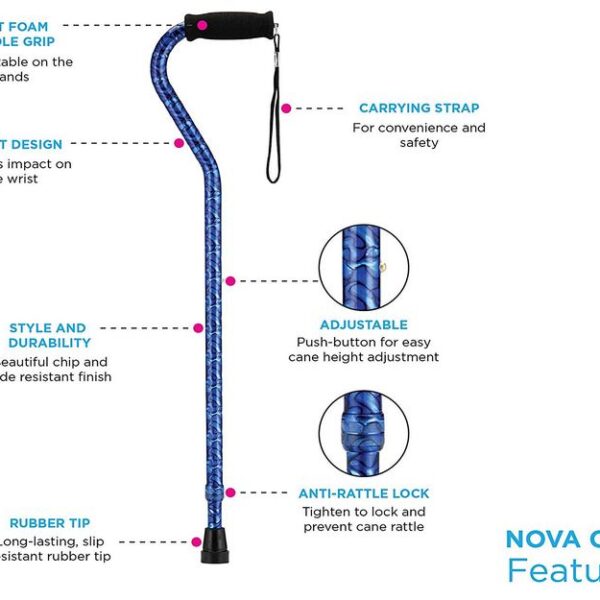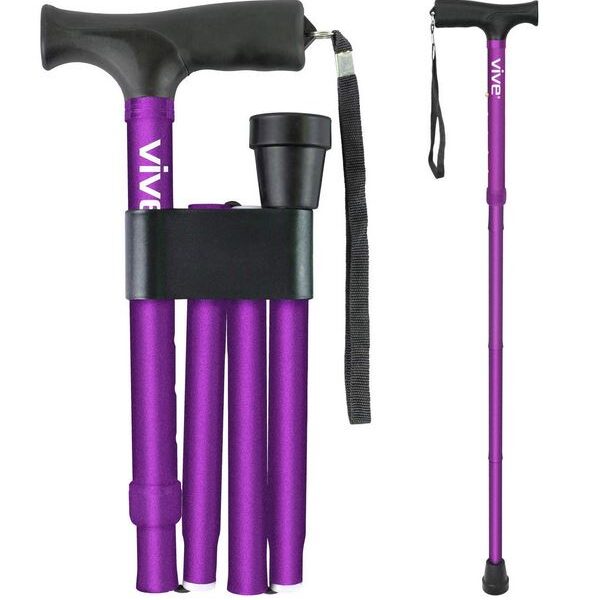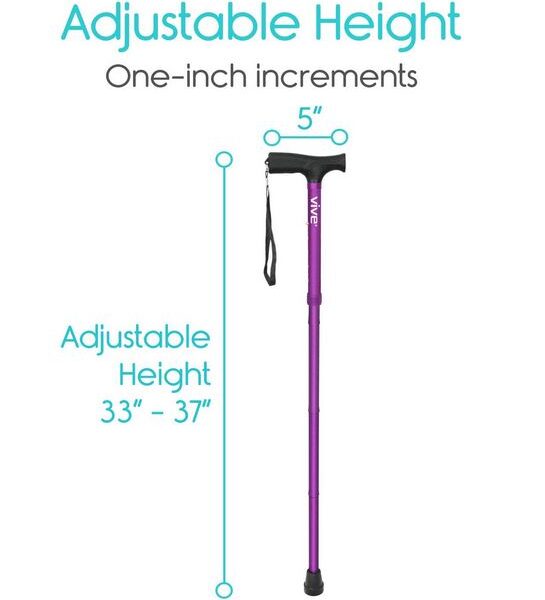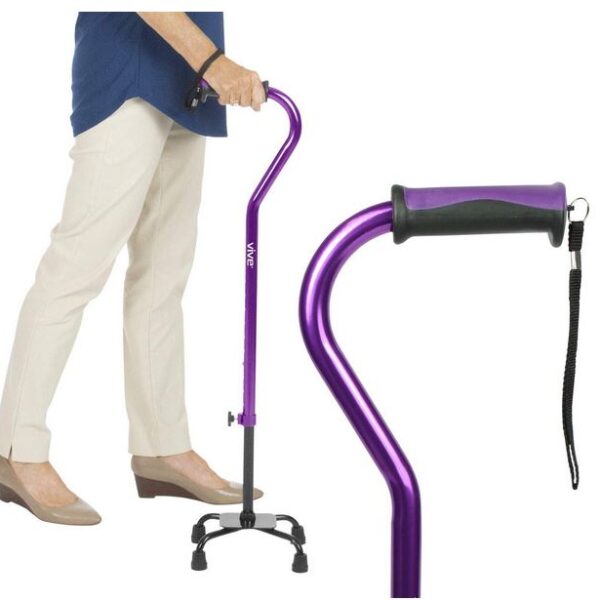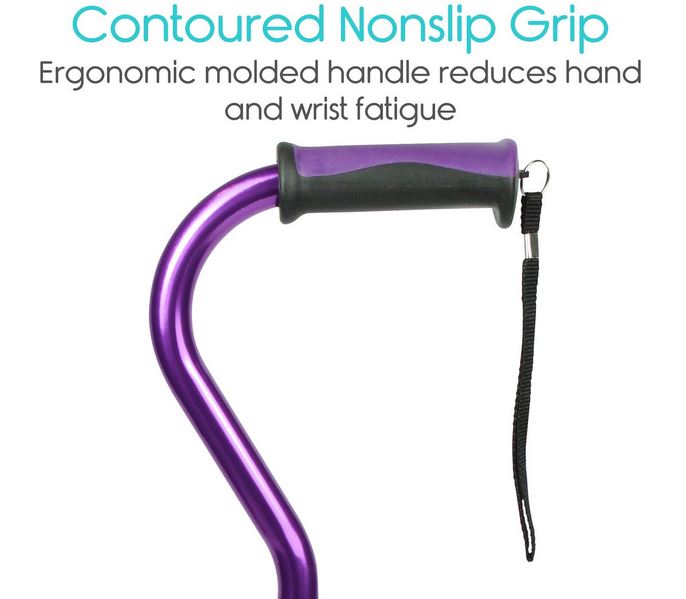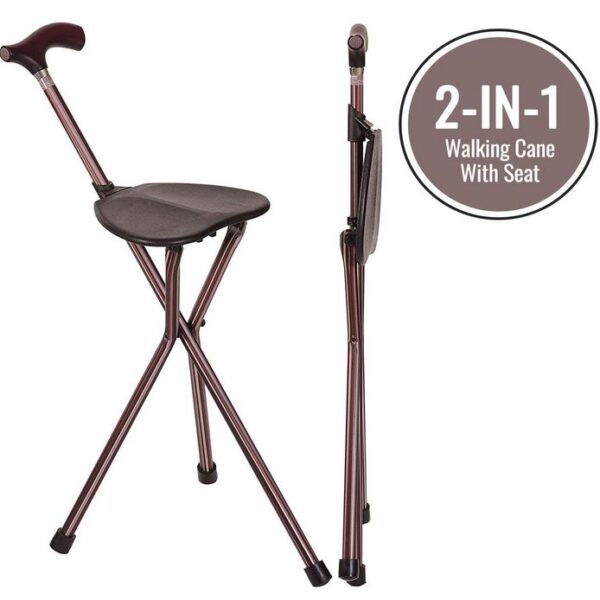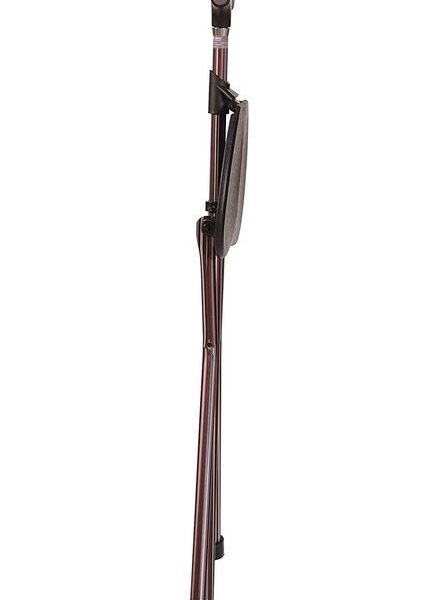Canes and canes supplies are important mobility aids for may people. Canes come in many configurations and colors. Here are some of the key feature choices for canes.
- Handle:
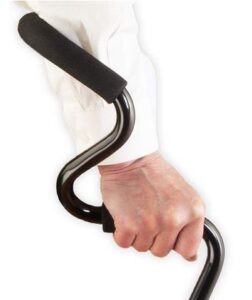
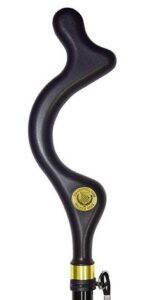
- Round or “C” handle
- Derby or Functional grip handle
- Offset handle
- Posture handle
- StrongArm Comfort handle
- Shaft construction materials:
- Wood
- Aluminum
- Steel
- Carbon fiber
</li
- Shaft length – fixed or adjustable
- Whether shaft folds or not
- Feet:
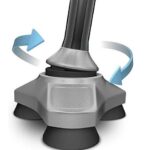
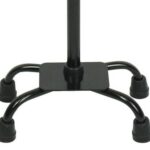
- Single point
- Fixed quad feet
- Swiveling multi-feet
- Additional features:
- Additional handle to help with getting up
- Flashlight built into handle
- Seat included in shaft design
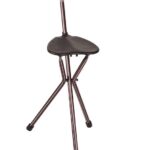
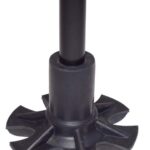
Before using a cane, make sure it is the proper size. If it is too long, the cane will be more difficult to pick up and move while you walk. If it is too short, the cane could cause you to lean to the side, and potentially worsen your balance.
Buying an adjustable cane makes sizing easier. Follow these steps to adjust the cane to the proper height:
- Wear your regular walking shoes to take the measurements.
- Hold the cane in hand opposite to the affected or weakest leg.
- The top of the cane should be at the same level as the hip bone on the upper thigh.
- Your elbow should be bent at roughly a 20-degree angle when the hand is resting on the cane.
While many canes are adjustable, you might opt for one on which the height is fixed. If so, the cane might need to be cut to size. Follow these steps to measure for the cane:
- Wear your regular walking shoes to take the measurements.
- Stand in an upright position and let your arms fall naturally to your sides (elbows bent roughly at a 20-degree angle).
- While in this position, have someone measure the distance between the floor and your wrist joint.
The correct measurement for the length of your cane is from its tip to the lowest point of the top of the handle.
Whether adjustable or fixed, consult your doctor or physical therapist to make sure that your cane is right for your specific condition.

Once you have found the proper cane, consider the following tips regarding cane usage on each of the indicated types of surfaces:
- On level surfaces:
- Hold the cane using the hand that is on the same side as your good leg. If your left leg is hurt, you hold the cane in your right hand. If your right leg is hurt, hold the cane in your left hand
- Move the cane forward at the same time as the affected leg and put your weight on them together.
- Keep the cane in place as you step forward with the good leg. Do not use the cane to step with your good leg.
- Lean your weight through the arm holding the cane as needed.
- Always have your good leg assume the first full weight-bearing step on level surfaces.
- On stairs:
- Hold onto the railing with your free hand if possible.
- To go upstairs, if you have a leg injury or disability, step up with the stronger leg first. Then move the cane as you step up with the affected leg to the same step. Repeat
- To go downstairs, move your cane to the lower step first, followed by your affected leg. Finally, move your unaffected leg. Repeat

Cane accessories include replacement tips and grips, and cane covers. Do not let your cane tip wear down, as it will lose its grip. Replace the tip each time it looks worn.


 Personal Development Goals
Personal Development Goals
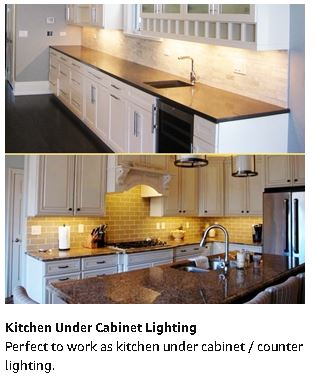
 Bedrooms Designed for Aging in Place
Bedrooms Designed for Aging in Place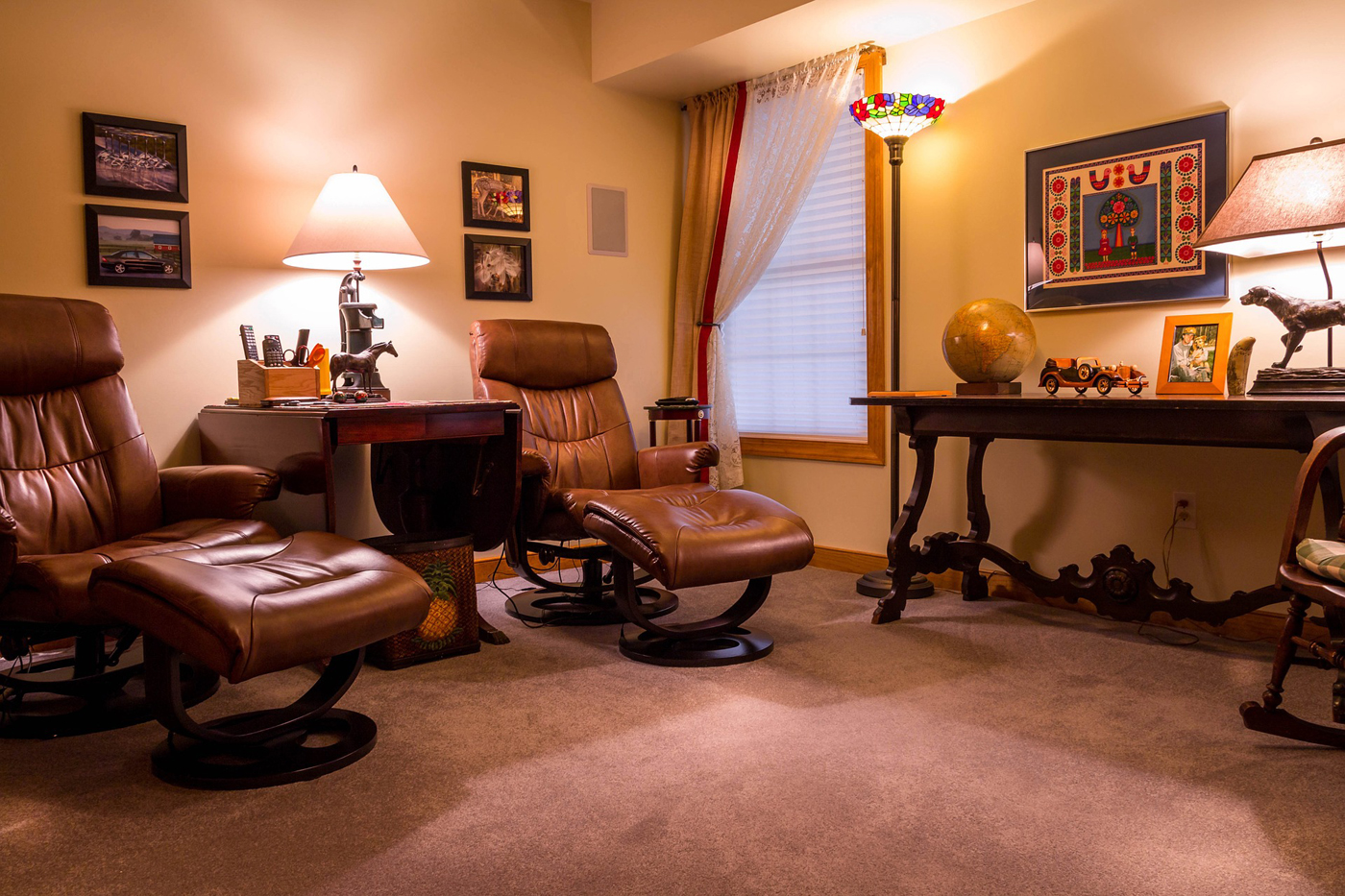 Furniture
Furniture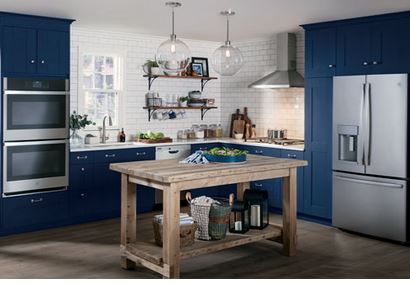 Kitchens Designed for Aging in Place
Kitchens Designed for Aging in Place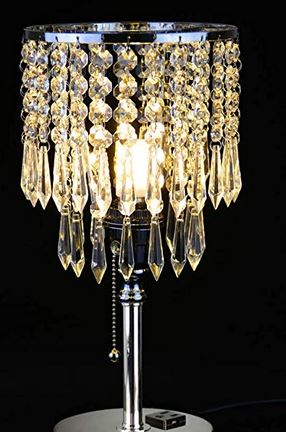 Lighting and Light Switches
Lighting and Light Switches
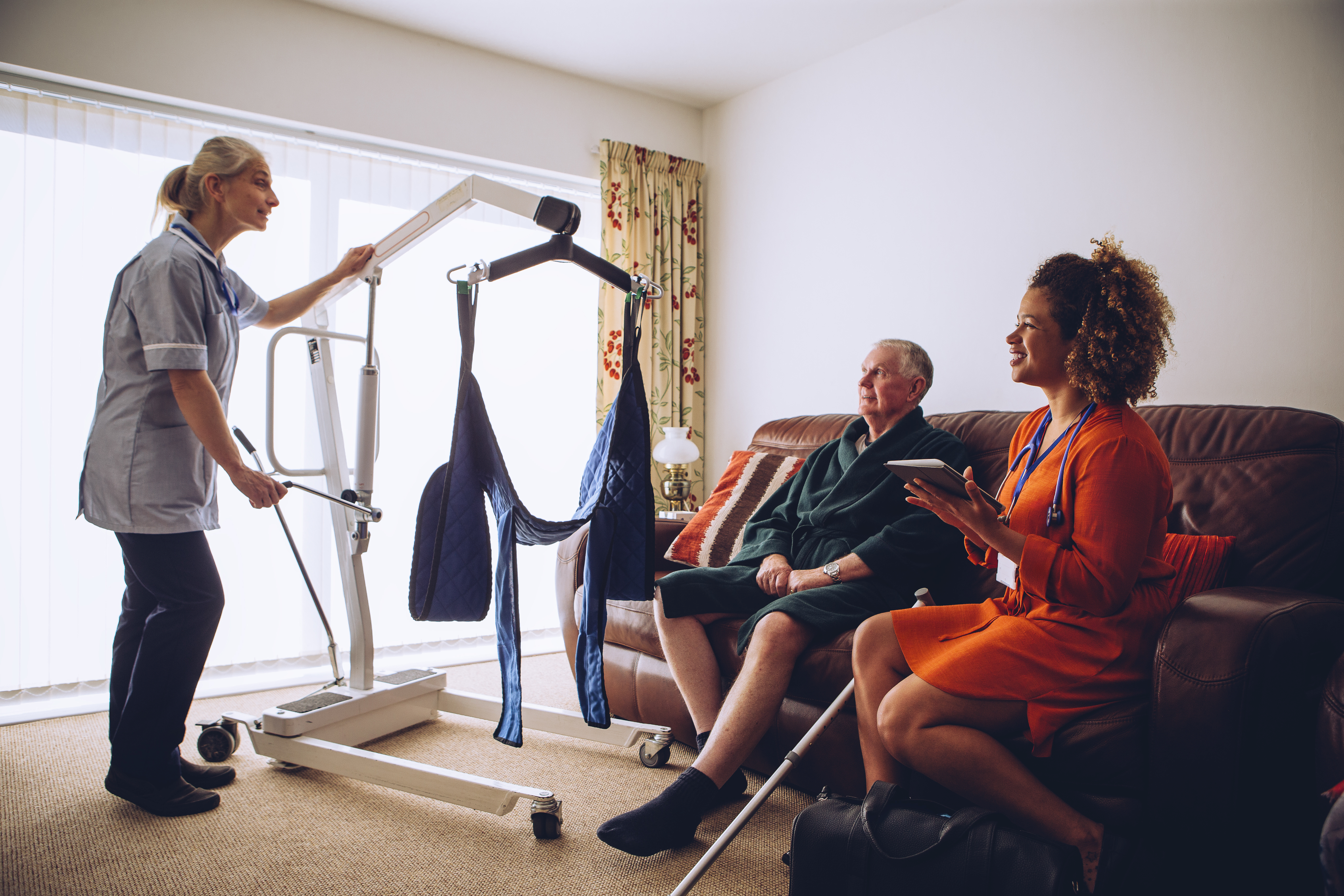 Assisting With Functional Mobility
Assisting With Functional Mobility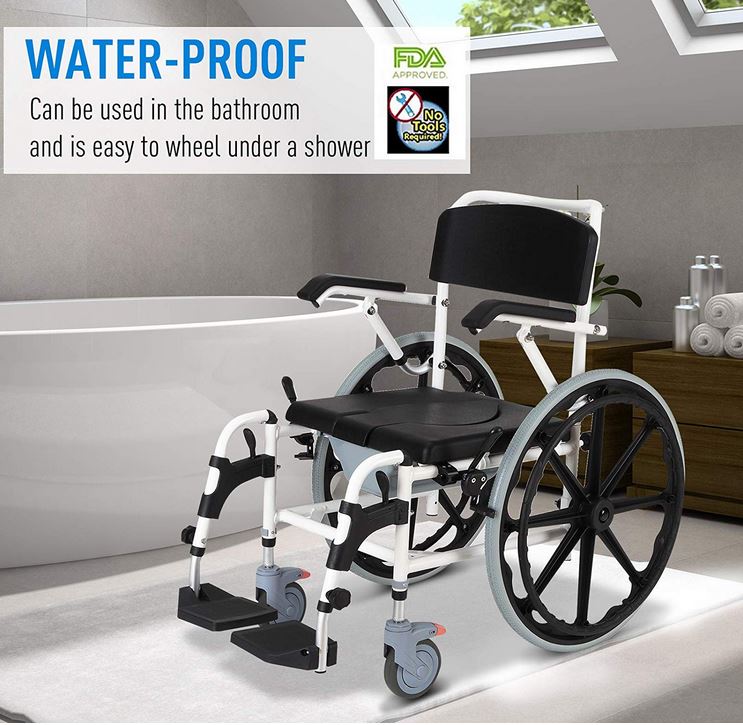 Bath and Shower Mobility Aids
Bath and Shower Mobility Aids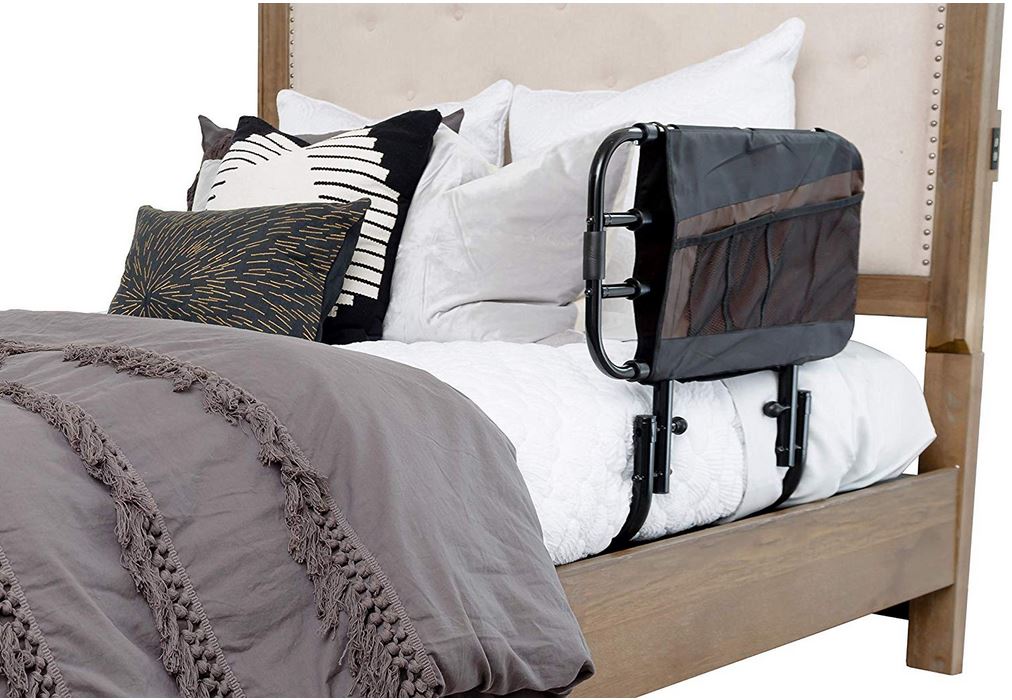 Bedroom Mobility Aids
Bedroom Mobility Aids Assisting with Personal Grooming and Hygiene
Assisting with Personal Grooming and Hygiene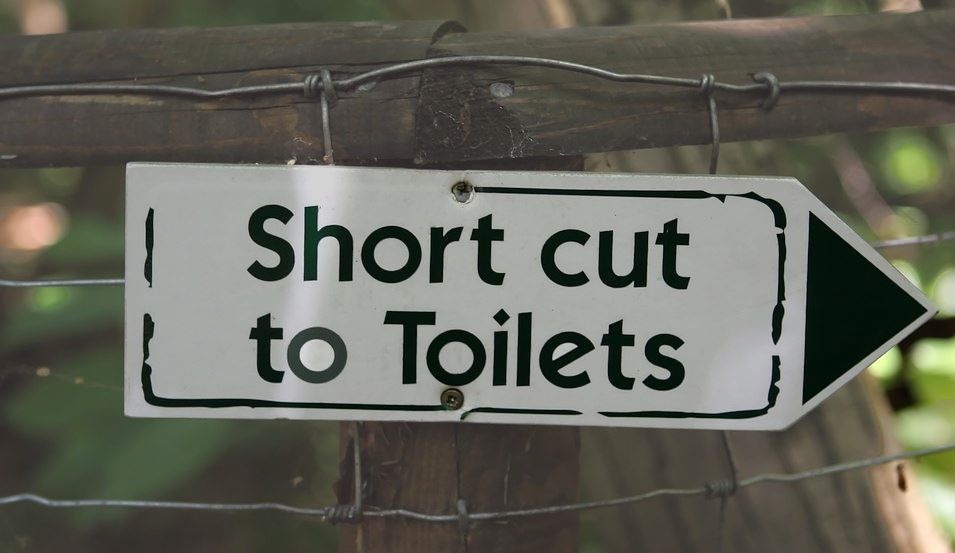 Caring for Someone With Incontinence
Caring for Someone With Incontinence Helping People To Cope with Alzheimer’s and Dementia
Helping People To Cope with Alzheimer’s and Dementia Helping With Bill Paying
Helping With Bill Paying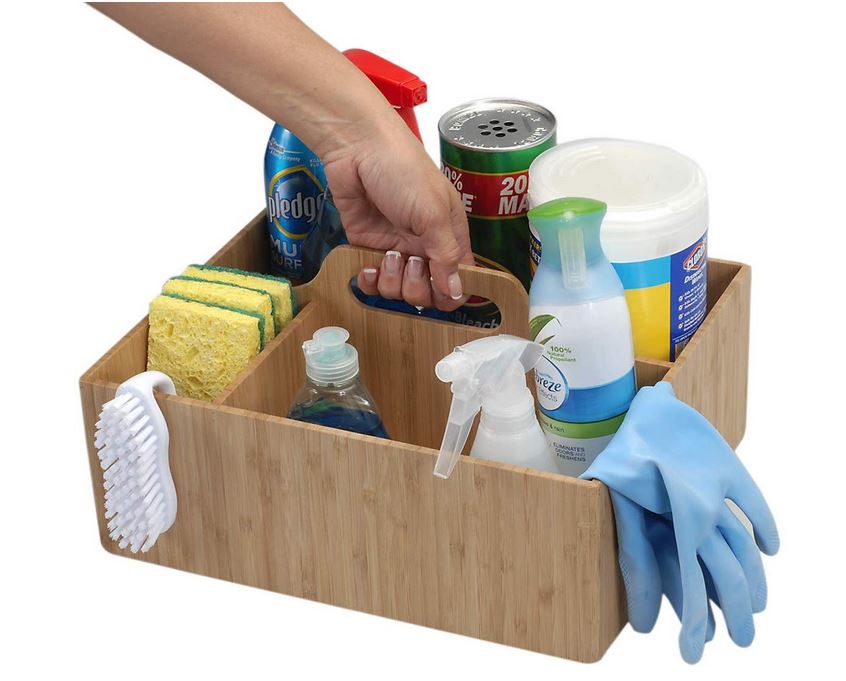 Home Cleaning Services
Home Cleaning Services Offering Companionship
Offering Companionship Providing Medication Reminders
Providing Medication Reminders Providing Transportation
Providing Transportation Running Errands
Running Errands
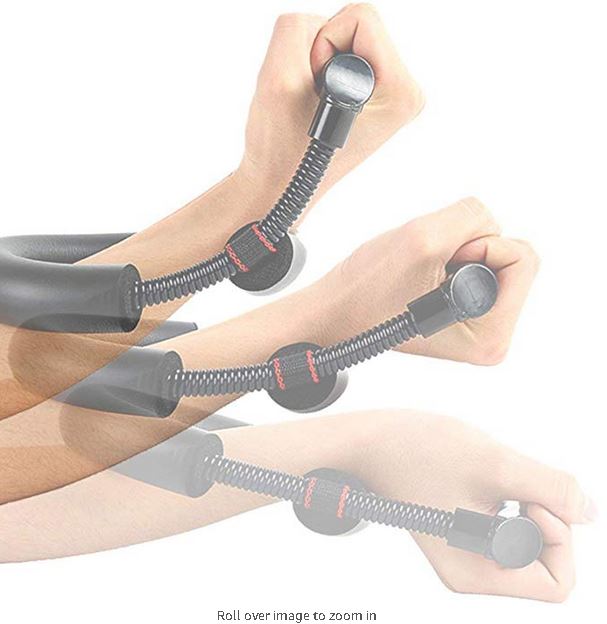
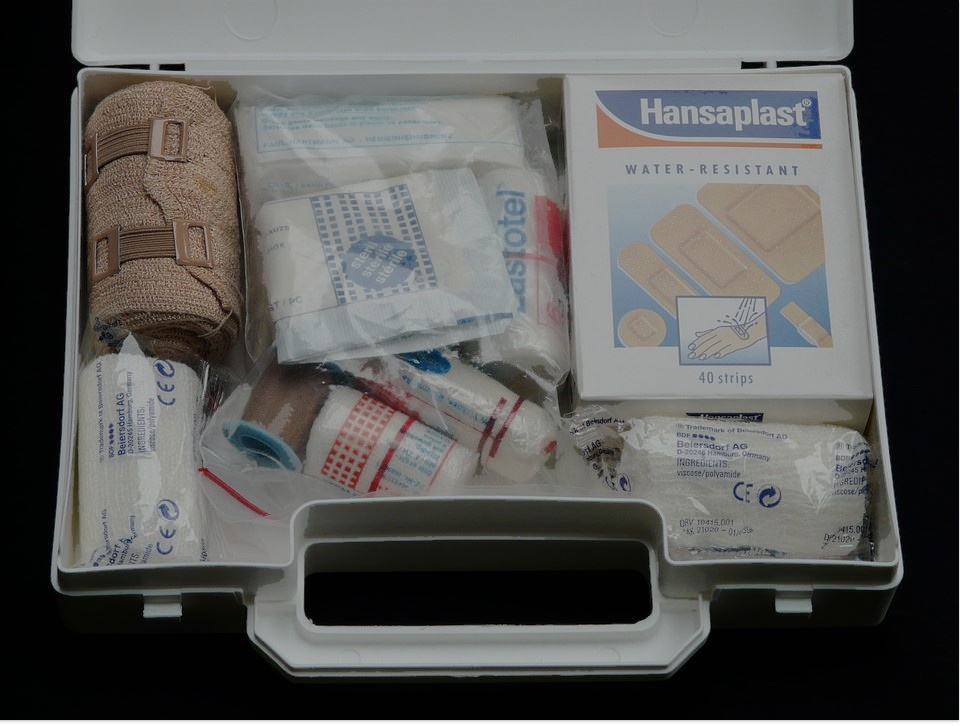 Burn Care
Burn Care Mental Health Rehabilitaion
Mental Health Rehabilitaion
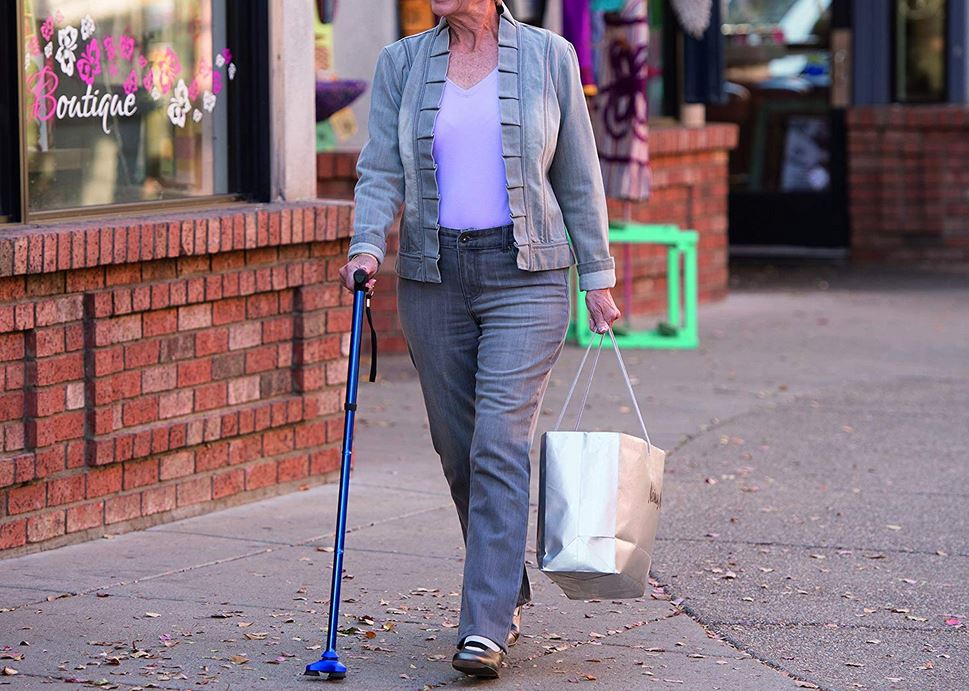 Canes
Canes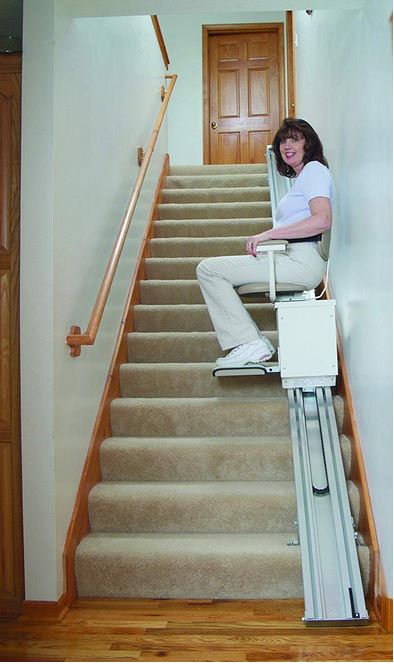 Chair Lifts / Stair Lifts
Chair Lifts / Stair Lifts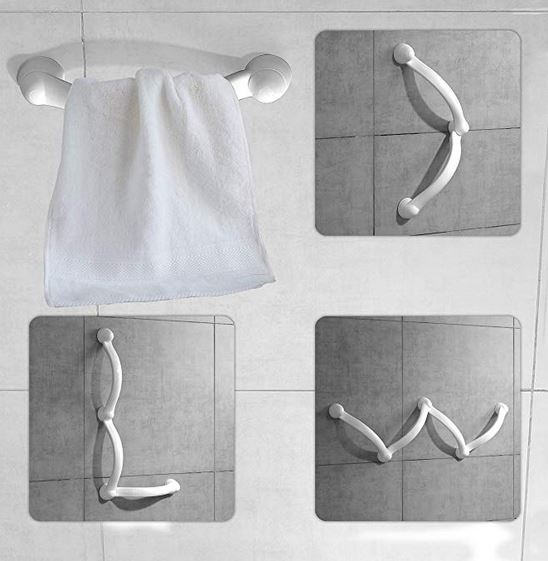 Grab Bars
Grab Bars Knee Scooters / Knee Walkers
Knee Scooters / Knee Walkers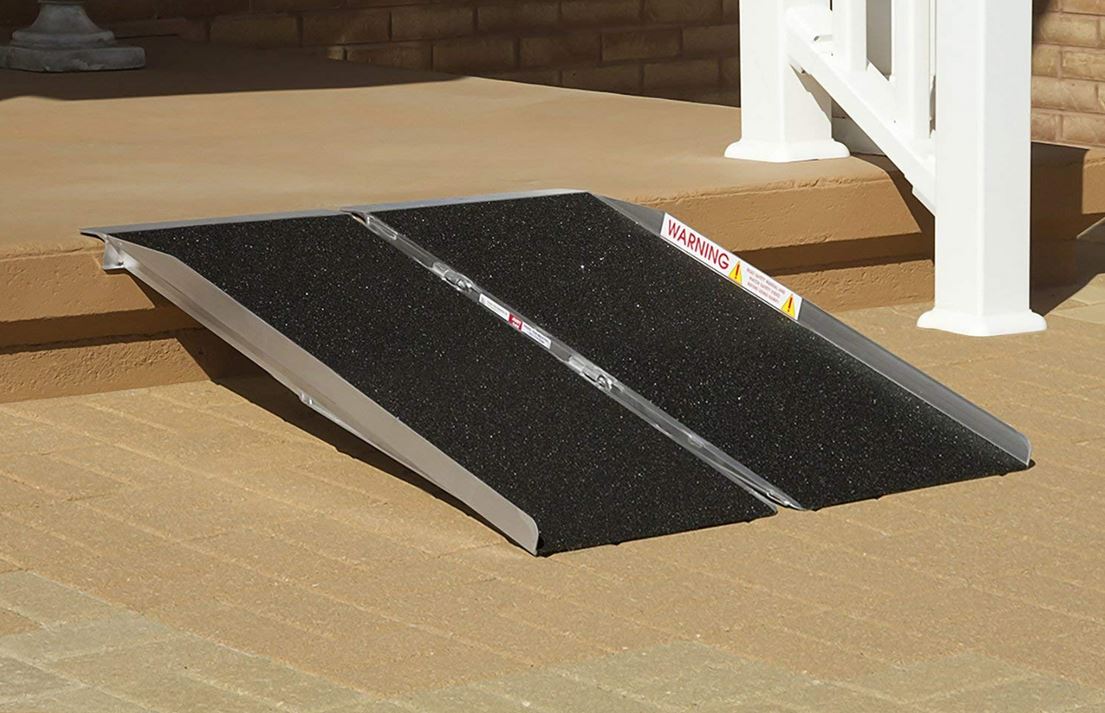 Ramps
Ramps Scooters
Scooters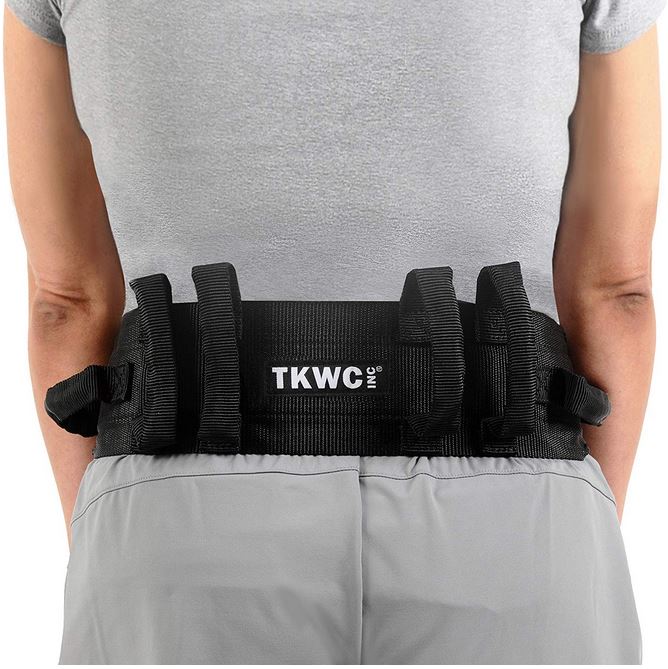 Transfer belts / pads / equipment
Transfer belts / pads / equipment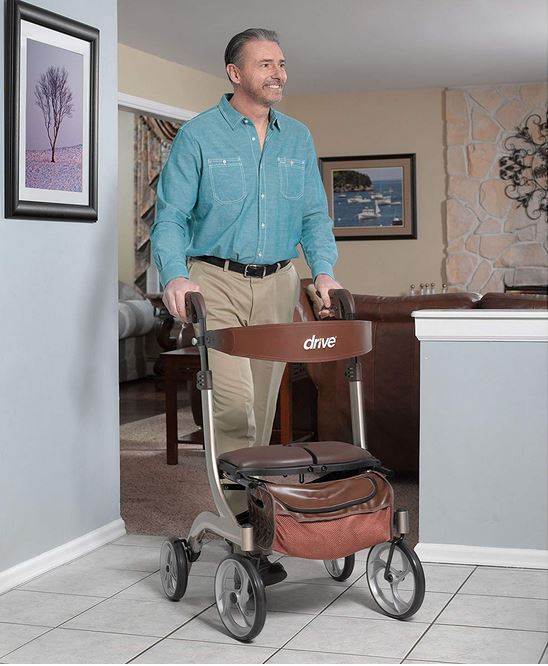 Walkers and Rollaters
Walkers and Rollaters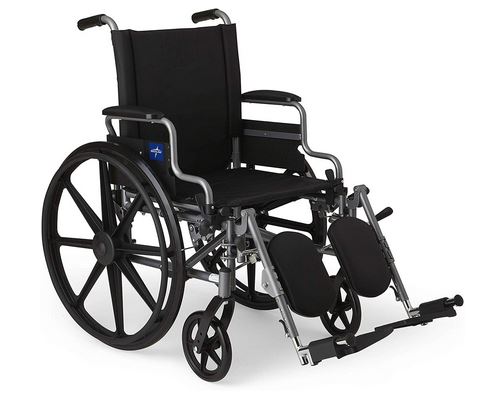 Wheelchairs and Mobile Chairs
Wheelchairs and Mobile Chairs
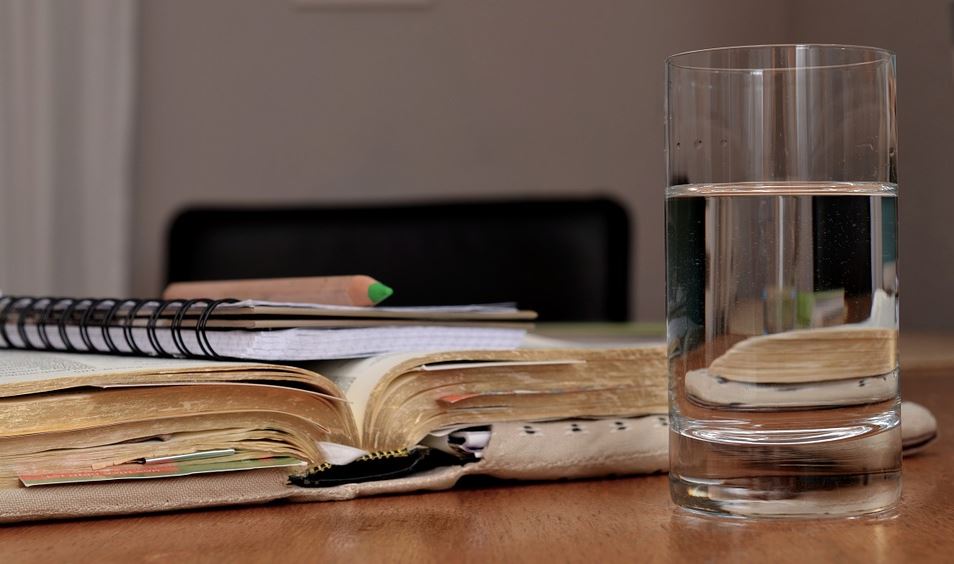 Accounting and Tax
Accounting and Tax Books-Seminars-Courses
Books-Seminars-Courses
 ASSISTED LIVING
ASSISTED LIVING Assisted Living Facilities
Assisted Living Facilities Cohousing Communities
Cohousing Communities Manufactured Housing Communities
Manufactured Housing Communities Naturally Occurring Retirement Communities (NORCs)
Naturally Occurring Retirement Communities (NORCs) Personal Residence LIving Independetly
Personal Residence LIving Independetly Accessory Dwelling Units
Accessory Dwelling Units Continuing Care Retirement Communities
Continuing Care Retirement Communities Multigenerational Households
Multigenerational Households